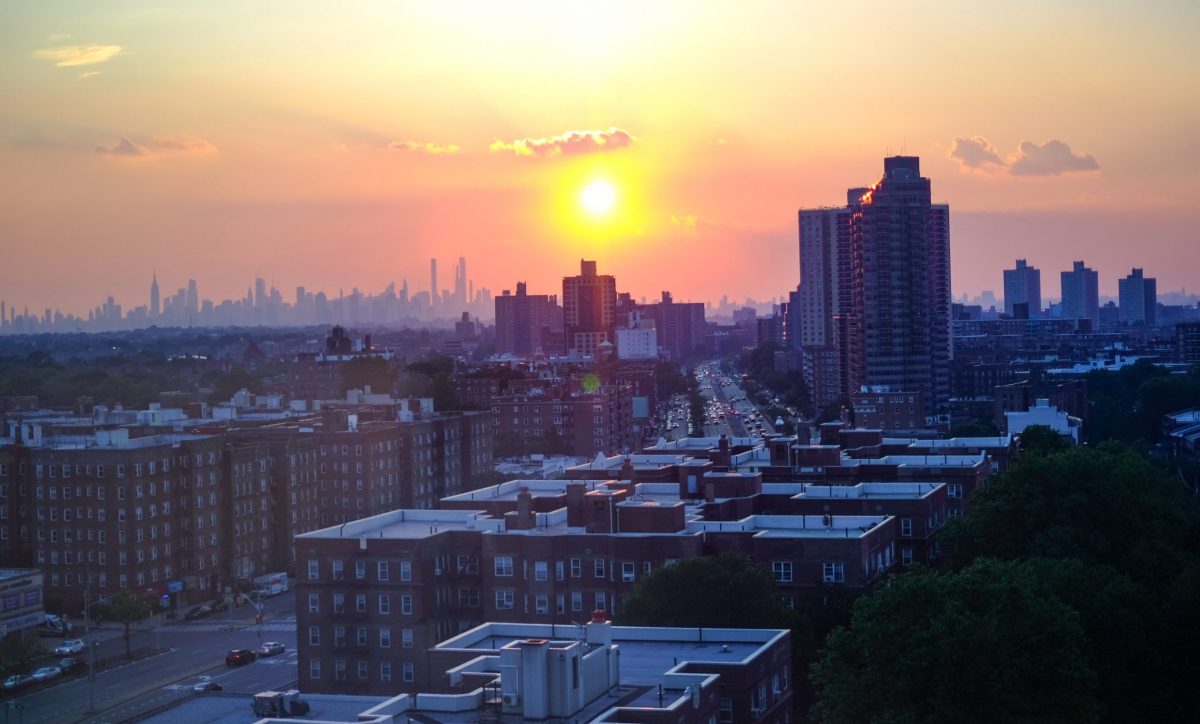By Costa Constantinides and Julie Huntington
As long-time residents of Queens, we’re no strangers to dangerous streets. Other boroughs have foreboding corridors — Coney Island Avenue in Brooklyn, Boston Road in the Bronx, Canal Street in Manhattan, Hylan Boulevard on Staten Island — but only Queens has a street that everyone calls the “Boulevard of Death.”
So it’s disheartening, but not surprising, to see that the majority of the fatal crashes that have taken place since New York went on “pause” in mid-March have been in Queens. And though it’s true that the pandemic has brought down the total number of cars on the road, the reduction in traffic crashes has not been as pronounced.
When we look at these recent fatal crashes in Queens, it’s plain to see that they could have been prevented. Last month, a man was killed by an unlicensed driver who ran a stop sign in South Ozone Park. A week later, an off-duty NYPD officer was killed after he was struck by a drag-racing driver. And earlier this month, a man died after he was thrown from his vehicle in a one-car crash on Cross Island Parkway.
These aren’t accidents. They’re the result of reckless behavior, and streets that condone it. But we do so little to prevent crashes. All too often, we don’t see safety improvements on our streets until after someone is killed in a crash. If we’ve learned anything from this pandemic, it’s that an ounce of prevention is worth a pound — no, a ton — of cure. Just as stay-at-home orders can save a life, so too can safe street design.
Major crises have a way of bringing out the best in people, and right now, we’re seeing the general public mobilizing for the greater good of public health. During the last few months, we have gradually changed our behavior to help stop the spread of the coronavirus. First we took up washing our hands for at least 20 seconds. Then social distancing. And today, practically everyone is donning face coverings in public.
We’re also seeing some good ideas coming from city government, most notably the move to set aside space on our streets for social distancing-friendly walking, and perhaps one day soon, eating and drinking. Most New Yorkers don’t own cars, so it’s only fair to create these spaces — safe social distancing shouldn’t be a privilege reserved for those who can afford to drive. And if we do this right, these open streets could help tilt the balance on our streets away from cars, and toward people. The last thing we need coming out of this pandemic is another outbreak of traffic deaths.
As the city begins to recover from the pandemic, we must come away from this crisis with a new regard for human life. If any good comes from this, it should be that we take better care of each other. The pandemic has shown that our society is, for the most part, willing to take responsibility for one another through the adoption of some simple behavior changes. Are we just as willing to take responsibility for one another on the road?
Constantinides represents District 22 in the New York City Council and lives in Astoria. Huntington is a member of Families for Safe Streets and also lives in Astoria.































